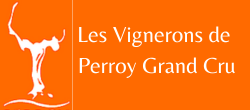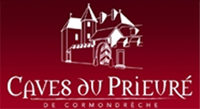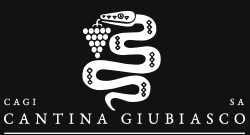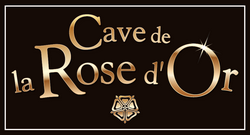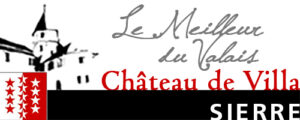Boire en Suisse
Scents of Swiss Wine (How a wine made me fall in love with a flower)
Wisteria is a spring flower brought from Asia. The colorful and perfumed flowers mark new beginnings. The vines are very resistant being able to age up to 100 years, reason for which it is also a symbol of immortality and longevity!
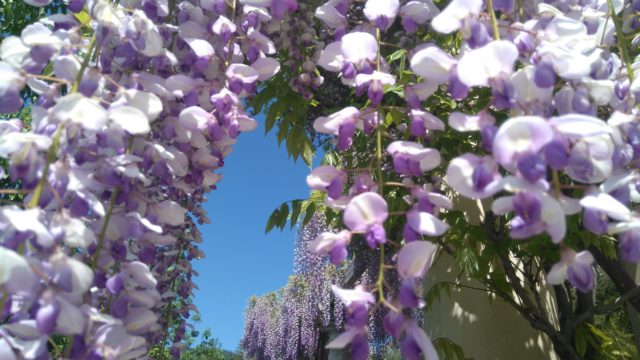
I remember seeing it a few times, but I didn’t know what kind of plant it was till recently.
A couple of years ago, while preparing for a Swiss wine tasting, I learnt that Petite Arvine grape, a native variety of Valais canton in Switzerland, may have wisteria aromas but I couldn’t give them an expression. Anyway, I enjoyed and appreciated the wine from the very first sip.
This year in April I found myself in the South of France and the best moment was when, walking though the gardens of the Villa Ephrussi de Rothschild, I suddenly recognized la glycine en fleurs (the blooming wisteria). Not only the view was spectacular but, finally, I could feel the embracing perfume. And this is not all, I was rolling back to the Swiss part of the Rhone Valley, 470 km far away, in Valais, remembering the exquisite moments of tasting different Petite Arvine. The scents are able to make you travel through time, they bring you in a certain place or they bring that place to you. This is just amazing!
Rendez-vous in the Alps, on the Rhone glacial valley, the best terroir for the Swiss most praised variety: a mosaic of soils (granite, limestone, schist), altitude, exposition, a dry climate with warm summers and long sunshine hours and day-night high variations but also the savoir-faire of hundreds of winemakers dating for hundreds of years. And remember, less than 200 ha are cultivated with Petite Arvine! 
Petite Arvine is an old and orphan variety. Dr. Jose Vouillamoz, botanist and geneticist studied the grape varieties around the world and he couldn’t find its parents (see Cépages Suisses or Wine Grapes, the last one written with Jancis Robinson and Julia Harding).
The wines resulted can’t be compared to anything else. They may vary from light and fresh, with citrus fruits aromas and rhubarb to more complex, with more body, excellent freshness; exotic fruits, honey and almond cake flavours, some minerality and saltiness that allow a long and lingering finish, giving the sensation of ‘depth’. Sometimes the producers choose oak ageing, but it should be carefully mastered in order to preserve the primary characteristics and eventually to enhance them, giving at the same time more body, complexity and ageing potential. The Grand Cru sites are an interesting aspect of Swiss Wine: stricter regulations apply in order to obtain the best result possible. Likewise, Valais winemakers are more and more concerned by organic and bio-dynamic practices that allow them to work as close as possible to nature and to reflect the right image of terroir.
The different styles cater for all tastes and occasions: light and fresh for the aperitif or simple dishes, more complex issued from Grand Cru vineyards or having seen oak ageing for main courses or dessert wines that can be absolutely out of heaven (late harvest). Any of them bring elegance and grace at the table just like the wisteria perfume to a garden! I have to mention that Petite Arvine can be added in blends for sparkling wines too – and it makes the difference. I’m just charmed! 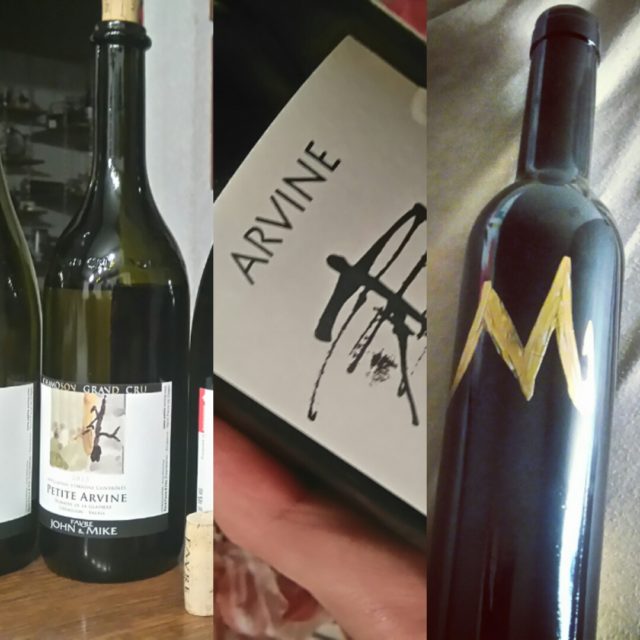
The wine opened my eyes and my mind to the world around me: flowers, aromatic plants, spices and many other details that make the life more beautiful. I hope you have discovered a piece of it on this article too!
Teona Floare
—
Avant sa parution sur Vins Confédérés, cet article a d’abord été publié sur le site CDN

